Harsh weather conditions that have manifested over the first two months of this year are creating many problems for residents of all regions, experts say.
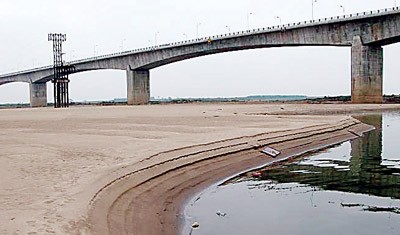
Water level in the Red River in Hanoi at an alarming 10 centimeters on Feb. 25, 2010 (Photo:SGGP)
They caution that the conditions pose some risks to human health and agricultural production.
According to the National Hydro-Meteorological Forecast Center, from January until now, it is still winter season in the northern region, but temperatures have been higher than the average for many years, with the northwest region seeing the mercury go up to 33-34 Celsius. In fact, temperatures nationwide have been higher than the average by one to two degrees Celsius degrees, the center says.
Residents of the north and central regions as well as some parts of the south are facing fresh water shortages because rivers are drying up and there has been little or no rain to provide any respite.
Drought conditions are also posing a serious threat of forest fires in many localities.
Meanwhile, Bui Minh Tang, director of the National Hydro Meteorological Forecast Center, said temperatures until May will continue to remain at higher levels than the average of many years.
Tang said hot spells will appear in the beginning of March, and rainfall is likely to fall by 20-50 percent, causing water levels in most rivers to fall drastically.
In the north, water level in the Red River has been around 10 centimeters over the past two months, an alarming low.
Water levels have also fallen at many reservoirs created by hydroelectric power plants.
Tang said the dry weather conditions were a result of climate change as well as the El-nino phenomenon.
Crops at risk
According to Bui Sy Doanh, deputy head of the Ministry of Agricultural and Rural Development’s Plant Protection Department, a survey of some rice samples from the northern provinces of Lai Chau, Dien Bien and Thai Binh have shown most of them were afflicted with diseases.
In addition, many kinds of insects and pests have appeared in many rice fields in the Red River Delta, including Nam Dinh and Hai Phong City.
As of now, rice diseases have been seen in 18 provinces and cities in the north-central coastal region, Red River Delta and north mountain provinces, affecting over 30,000 hectares.
The area for transplanting rice seedlings this year will decrease by 9,000 hectares compared to the last year because of drought, and rice output will decrease by 70,000 tons, according to the agricultural ministry’s Cultivation Department.
Minister of Agricultural and Rural Development Cao Duc Phat has held a meeting to discuss ways to address the problem of hot weather and drought facing many parts of the country.
Prime Minister Nguyen Tan Dung has agreed to provide financial support from the State budget to implement measures for preventing rice diseases from spreading further.
The State will fund purchases of buy insecticides and plant protection drugs to exterminate diseases in the rice fields.
It will also provide 12 kilos of rice per person per month to help households affected by insect-damaged crops for a maximum of six months.
The department has said that farmers in the south will receive financial support of VND4 million (US$210) per hectare for rice crops ruined by diseases.
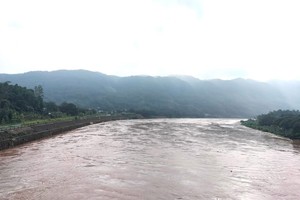
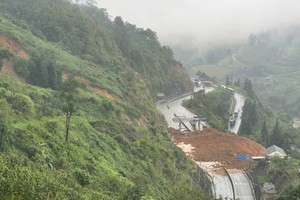
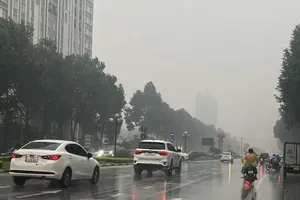



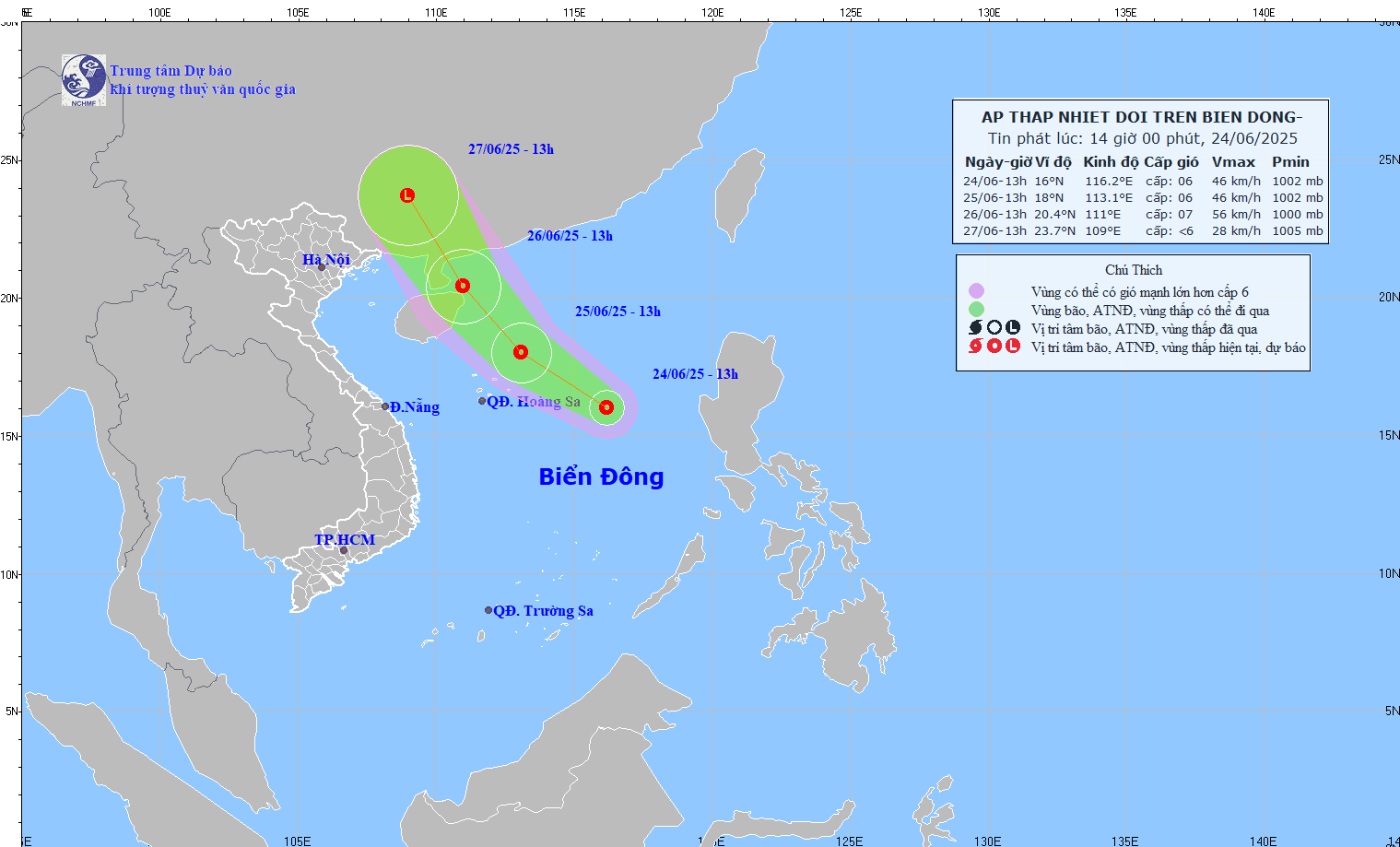
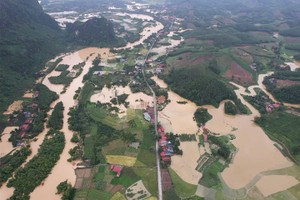
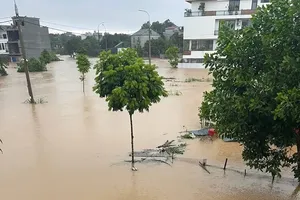
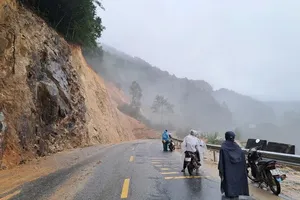
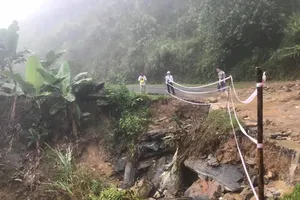

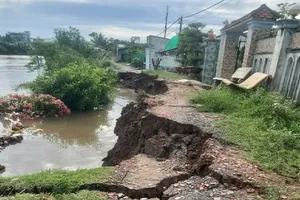
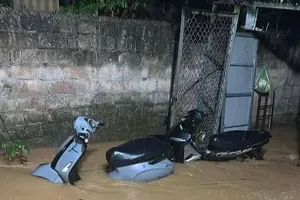
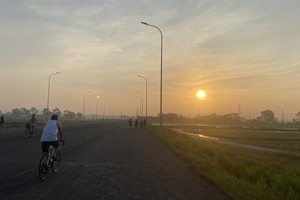
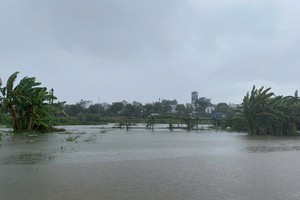



)




